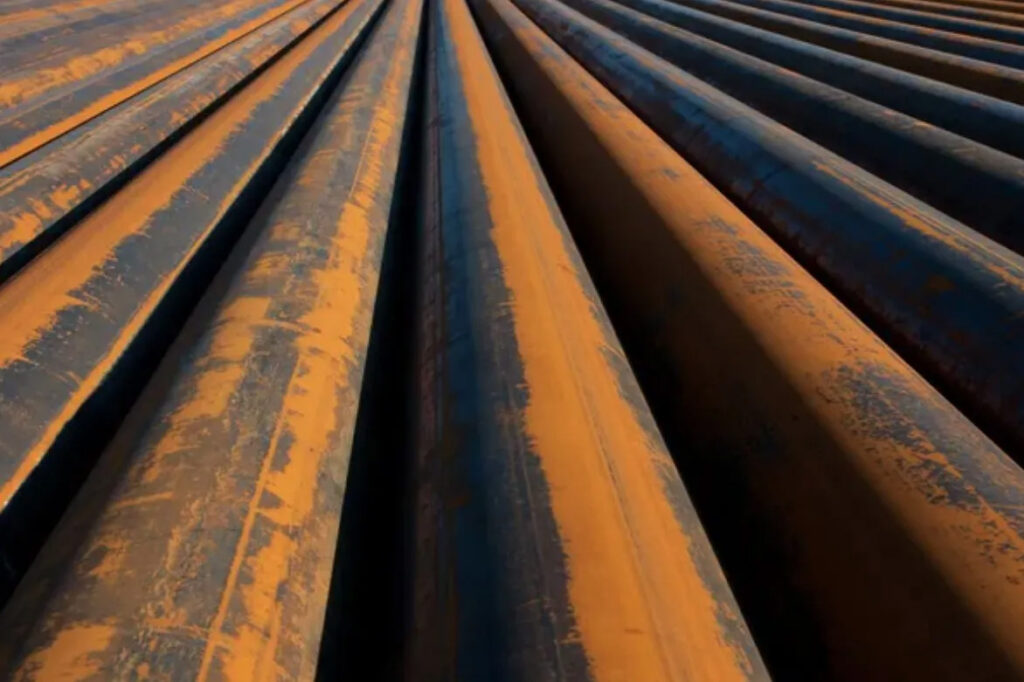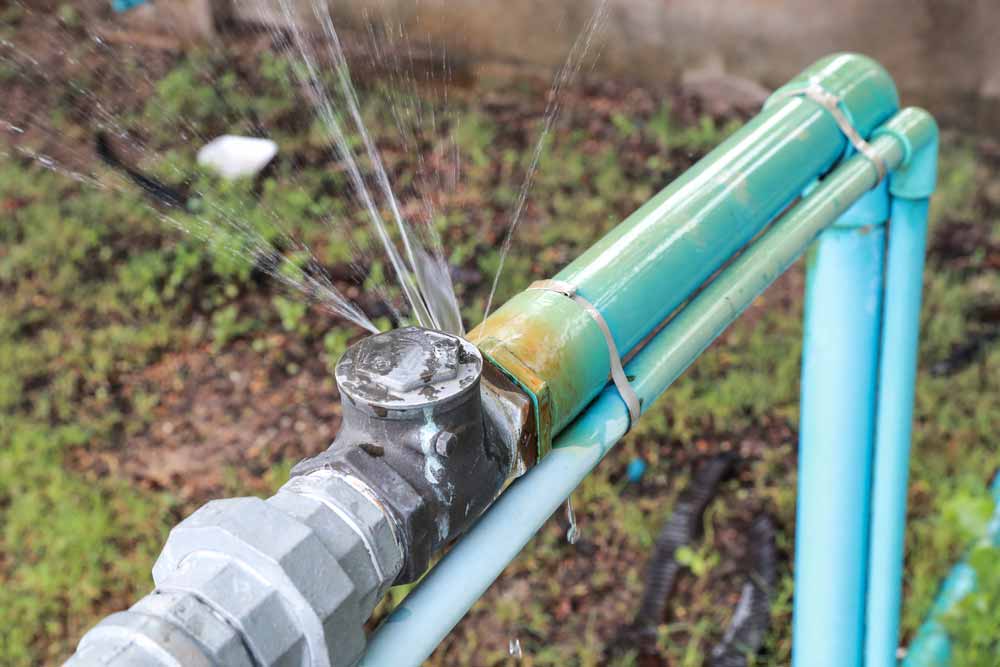According to recent research from Monash University, pipeline failure costs water utilities around Australia $1.5billion each year in renewal and maintenance. The country has more than 180,000 kilometres of buried water pipe networks and as they continue to age, performing ongoing pipeline condition assessment is more relevant than ever.
But why do pipelines fail?
People might think that failures are always sudden pipe bursts that cause massive leakage and service interruptions. However, the majority of cases are more subtle due to gradual deterioration and leaks that are not readily visible. Below, we explore some key factors that can affect the process:
- The pipeline’s age
- Corrosion and pipe material
- Soil-pipe interactions
- Asset Location
Pipeline Age
Pipes built using dated methods and materials are typically high-risk, but age does not solely determine the risk of failure. From our years of experience in the water management industry, we found that urban areas with heavy vehicle traffic and dense infrastructure have a higher potential for water loss.
Water supply networks in the country have been ageing, but simply replacing all old pipes can be cost-prohibitive. Risk-based approaches and continual monitoring would be the best way to prioritize zones for rehabilitation.
Corrosion and Pipe Material
Corrosion is perhaps the most widely known cause of pipeline failure, but the severity of its impacts is related to the pipe material. For instance, cast iron (CI) pipes are the most susceptible to rusting. With an average life expectancy of 25-50 years, these become brittle and prone to cracking over the years. Older CI pipes installed using poor practices by today’s standards are at a higher risk.
On the other hand, ductile iron (DI) pipes are more resistant to corrosion, tension, and pressure – making them last for 75 years or more. However, this also means they can support large leaks for long periods without failure. That is why active leak detection is vital in reducing losses and Non-revenue Water (NRW).
Lastly, polyvinyl chloride (PVC) pipes are the most resistant to corrosion and are less brittle than metallic pipes. Failure can typically be traced to joints where the leakage causes unplanned stress on the pipeline.

Pipeline Failure Due to Soil-Pipe Interactions
While corrosion plays a significant part in pipe failures, the process is more complex due to numerous other factors. For example, soil-pipe interactions over long periods can weaken pipelines and cause leakage.
A 2018 research shows that rainfall-induced soil movement can affect the integrity of buried pipes. Likewise, slope and relative movements between the ground and the pipelines can cause eventual failure.
Water companies sometimes install their pipelines on sloping grounds due to safety or environmental concerns. In the event of a slope or embankment instability, the pipes might suffer from external stress.
Asset Location
According to another 2018 study, road traffic has unfavourable impacts on water distribution pipelines. This is particularly true with densely populated urban areas and a high volume of daily traffic and infrastructure work. Filler earth and moving vehicles apply external pressure on the pipes, and this effect becomes more pronounced if the pipelines have been buried closer to the surface.
The bottom line is that pipes in urban centers are typically at a higher risk than those with less vehicular traffic and construction work. The former also has more customers who depend on a steady water supply. This is why frequent rehabilitation work and pipeline condition assessment are required for these areas.

Conclusion
In the end, pipeline failure isn’t just determined by any single factor. A pipe’s age and material might affect its durability, but its location, immediate soil-pipe interactions, and quality of construction have significant impacts.
The risks might also be higher for highly urbanised areas with heavy vehicular traffic, dense settlements and infrastructure, and nearby gas or power utilities. As such, pipeline condition assessment and active leak detection are more critical and time-sensitive than ever.
Act Now: Learn More About Pipeline Condition Assessment
At Aqua Analytics, we can help you obtain better information on the condition of your buried pipelines. We can provide advanced digital solutions for your water and wastewater assets like remote monitoring equipment and devices powered by Internet-of-Things (IoT) technologies. This will help you make timely and data-driven management decisions.
With over 20 years of industry experience, we have inspected more than 150,000 kilometres of active water mains and use the latest state-of-the-art tools for pipeline condition assessment. We implement technology-driven solutions, but we don’t just conduct them on a desktop. Our skilled technicians go on-site to obtain “ground truth” information and work closely with our customers.
Contact us to learn more about our services or schedule a complimentary consultation. We look forward to working with you!
References:
- Shanbi Peng et al. (2020) “Pipe–soil interaction under the rainfall-induced instability of slope based on soil strength reduction method” | Energy Reports
- Weiyuan Zhang & Amin Askarinejad (2018) “Behaviour of buried pipes in unstable sandy slopes” | Landslides Journal
- Ioan Aşchilean et al. (2018). The Unfavourable Impact of Street Traffic on Water Distribution Pipelines | Water


